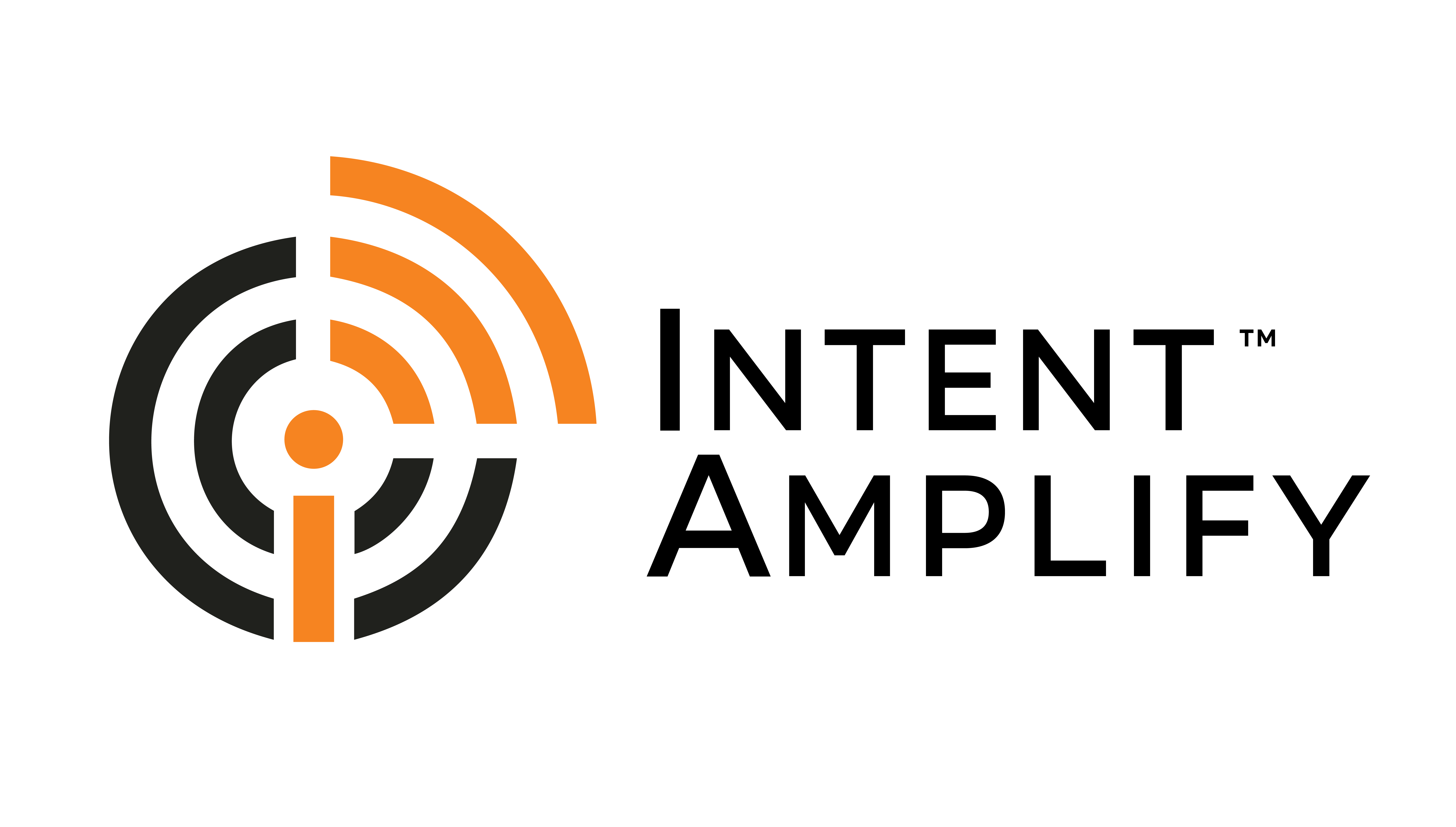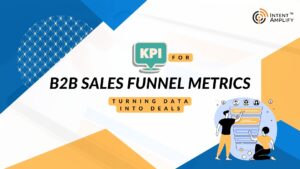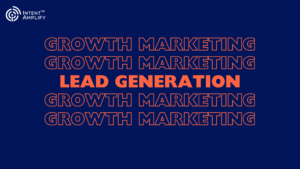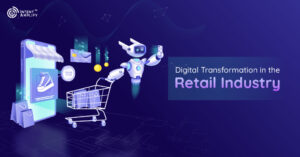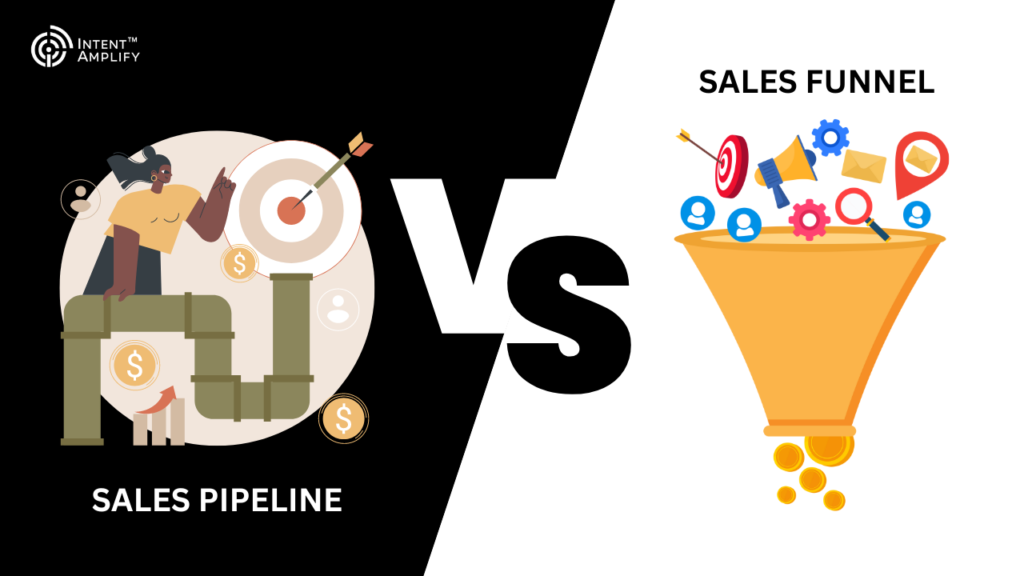
Sales Pipeline vs. Sales Funnel: Detailed Comparison
Most sales and marketing experts are well aware of the finer distinctions between a sales pipeline versus a sales funnel. For others, they may seem interchangeable terms. In reality, the difference lies in perception. If you too are unsure about when to use these terms and what exactly they mean, then this blog will try to pull them off from each other so that you don’t have to pull your hair off!
What is a Sales Pipeline?
A sales pipeline serves as the comprehensive overview for a sales representative, detailing all leads, prospects, and deals in progress. It outlines the systematic stages through which these potential opportunities advance from initial interest to a potential purchase. The key stages in the sales pipeline include contact, qualification, meeting, proposal, closing, and follow-up – each representing a crucial step in the sales journey.
The journey initiates with leads, generated through diverse marketing strategies like trade shows, online advertising, and cold calling. Once a lead enters the sales pipeline, the sales team diligently works on qualifying them by evaluating their product needs and financial capacity. If the lead aligns well with the product, they progress to the subsequent pipeline stage, where they might undergo a meeting, demo, or presentation to deepen their understanding of the product. Subsequently, a proposal is presented, offering them an opportunity to make a purchase. The final step involves follow-up by sales representatives to gauge customer satisfaction.
The sales pipeline serves as an indispensable tool for effectively managing the sales process. It guides sales reps on the appropriate actions to take at each stage for every potential customer, ensuring a smooth progression without letting opportunities grow cold or exerting excessive pressure. A profound understanding of the sales pipeline enables reps to evaluate their performance and pinpoint areas for enhancement.
By having a sales pipeline in place, you can:
- Track your progress: You can see how many leads you have at each stage of the sales process, which helps you identify bottlenecks and areas for improvement.
- Forecast sales: You can use your pipeline data to estimate how much revenue you’re likely to generate in the future.
- Improve your sales process: You can analyze your pipeline data to identify areas where you can improve your conversion rates.
- Motivate your sales team: By making the sales process more transparent, you can motivate your sales team to focus on the right activities.
There are many different sales pipeline tools available, both free and paid. The best tool for you will depend on your specific needs and budget. Now let’s move on to the sales funnel.
What is a Sales Funnel?
A sales funnel, sometimes called a purchase funnel or marketing funnel, is a visual representation of the journey potential customers take toward a purchase. It’s similar to a traditional funnel in shape, starting wide at the top and narrowing down towards the bottom. This reflects the decreasing number of potential customers as they move through the various stages of the buying process.
Here’s a breakdown of the key aspects of a sales funnel:
Stages:
- Top of the funnel (TOFU): This stage focuses on awareness and attraction. Potential customers are just becoming aware of their needs and exploring possible solutions. Activities here include content marketing, social media engagement, and SEO optimization.
- Middle of the funnel (MOFU): Here, prospects are considering different options and researching solutions. They’re actively looking for information and comparing different offerings. Activities in this stage involve demos, webinars, case studies, and lead nurturing campaigns.
- Bottom of the funnel (BOFU): This stage is all about decision-making and conversion. Prospects are ready to buy and compare final options. Activities include consultations, proposals, special offers, and retargeting campaigns.
Having a Sales Funnel in place helps in,
- Understanding your audience: The funnel helps you tailor your marketing and sales efforts to each stage of the buyer’s journey.
- Improving conversion rates: By optimizing each stage, you can guide more potential customers toward becoming paying customers.
- Identifying opportunities: The funnel helps you identify leaks and bottlenecks in your sales process, allowing for improvement.
- Forecasting sales: By analyzing funnel data, you can estimate future sales and make informed business decisions.
The specific stages and activities can vary depending on the industry, product, and target audience. A successful sales funnel requires a seamless transition between each stage, providing valuable information and nurturing leads effectively.
While the funnel metaphor simplifies the customer journey, remember that individual experiences can be dynamic and non-linear.
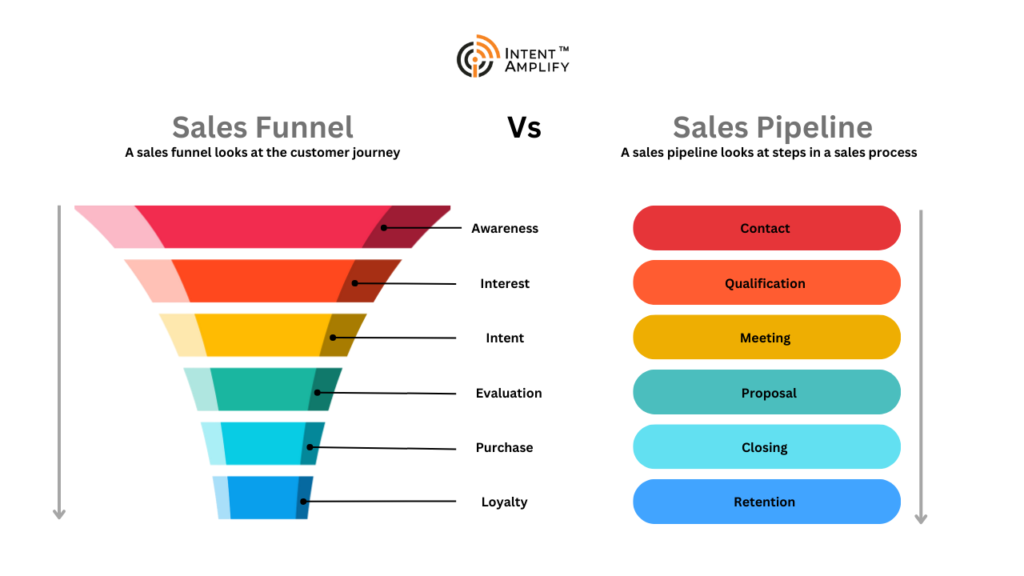
Both sound fundamentally similar, then what is the difference between them?
The terms sales pipeline and sales funnel are often used interchangeably, but there are some key differences between them. Let’s do a sales pipeline vs. sales funnel comparison.
Perspective:
- Sales Pipeline: This focuses on the internal perspective of the sales team, tracking the progress of individual deals as they move through the sales process. It’s like a roadmap for salespeople, outlining the specific actions they need to take to convert leads into customers.
- Sales Funnel: This represents the external perspective of the customer, visualizing their journey from initial awareness to purchase decision. It shows how prospects move through different stages of consideration and engagement before converting.
Focus:
- Sales Pipeline: It emphasizes the activities and stages within the sales process, such as qualifying leads, presenting proposals, and negotiating deals. It provides details about the value and probability of success for each potential deal.
- Sales Funnel: It focuses on the awareness, consideration, and decision-making stages of the customer journey. It measures the quantity and conversion rate of prospects moving through each stage, helping diagnose where potential customers are dropping off.
Shape:
- Sales Pipeline: This is often depicted as a linear pipeline, with deals progressing step-by-step towards closure. Some pipelines might include loops or branches for deals requiring additional steps or revisions.
- Sales Funnel: It traditionally portrays a wider top narrowing down, representing the decreasing number of prospects as they move closer to purchase. However, it can also be shown as a flywheel or other shapes depending on the customer journey complexity.
The essence of the comparison of sales pipeline vs. sales funnel
- Sales Pipeline: Helps manage deals and forecast sales.
- Sales Funnel: Helps attract and convert leads.
Both tools are valuable for different purposes. Ideally, they work together to provide a comprehensive understanding of both the sales process and the customer journey. By analyzing both the sales pipeline and sales funnel, businesses can:
- Identify bottlenecks and improve conversion rates.
- Align marketing and sales efforts for better lead nurturing.
- Forecast sales more accurately.
- Optimize overall customer experience.
